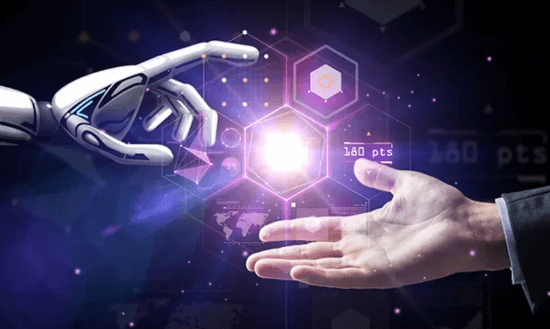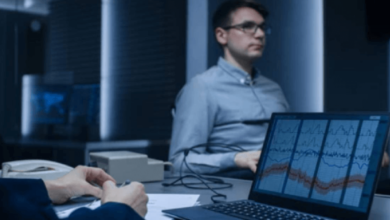The Role of AI in Helping Users Generate Image Seamlessly

The integration of artificial intelligence in image generation represents a significant advancement in the creative landscape, offering users tools that not only enhance productivity but also encourage artistic exploration. By leveraging sophisticated algorithms, these AI systems simplify the process of creating high-quality visuals, thus allowing creators to concentrate on their unique vision. However, as this technology continues to evolve, it raises important questions about the implications for creativity and originality in digital art. What challenges and opportunities lie ahead for both artists and technologists in this rapidly changing environment?
Understanding AI Image Generation
AI image generation has emerged as a transformative technology in the realm of digital art and design, enabling the creation of realistic visuals through algorithms and neural networks.
This process, known as image synthesis, leverages complex mathematical models to interpret and generate images based on learned patterns from extensive datasets.
As a result, artists and designers can explore innovative creative possibilities with unprecedented efficiency.
See also: How Snow Removal Services Can Keep Your Driveway Safe in Winter
Key Benefits of AI Tools
The integration of AI tools in image generation offers numerous advantages that significantly enhance creative workflows.
These tools provide essential creative assistance by streamlining the design process, enabling users to produce high-quality images efficiently.
Furthermore, AI-driven design enhancement allows for innovative exploration and experimentation, fostering artistic freedom.
Ultimately, these benefits empower creators to unleash their full potential and elevate their work.
Challenges in AI Image Creation
While AI image generation has transformed creative processes, it also presents several challenges that warrant careful consideration.
Ethical concerns arise regarding copyright and the potential for misuse of generated images. Additionally, ensuring quality control remains a significant hurdle, as inconsistencies in output can undermine user trust.
Addressing these issues is crucial for fostering a responsible and effective environment for AI-generated visuals.
Future Trends in AI Visuals
As advancements in technology continue to evolve, the future of AI visuals is poised to revolutionize various industries through enhanced realism and interactivity.
Emerging trends will see AI creativity driving innovative visual storytelling, allowing creators to produce immersive experiences effortlessly.
Enhanced algorithms and user interfaces will empower individuals, fostering a more democratic approach to content creation and enabling diverse narratives to flourish across platforms.
Conclusion
In conclusion, the integration of AI in image generation reshapes the landscape of digital artistry, akin to a vibrant palette enhancing a painter’s canvas. By automating mundane tasks, these tools illuminate creative pathways, allowing artists to traverse new realms of expression. While challenges persist, the evolution of AI technologies promises to further enrich visual storytelling. As the horizon of possibilities expands, the synergy between human ingenuity and artificial intelligence will undoubtedly forge a transformative future in the realm of imagery.




